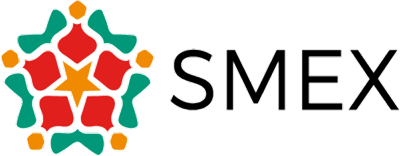F for Facebook:
Facebook is a social network to connect people and help facilitate communication and information sharing among its huge base of members. It is a very popular social network worldwide. Facebook’s initial purpose is not for the promotion of activism and social change. However, non-profit organizations can leverage facebook’s popularity and increase membership in different ways, especially after the introduction of the API two years ago.
As we mentioned in a previous post, DigiActive.org published a very useful guide: Introduction to Facebook Activism. The guide focuses mostly on Groups and Events, so in this post, we will writing the chapter about Pages and Applications that has been missing and we hope it can add value to DigiActive’s Guide.
As the success of non-profit organizations depends on reaching the largest number of people, communicating their message and cooperating with them to achieve their goals, Facebook tools can be a very useful asset.
Facebook Disadvantages:
Facebook is a cluttered place with tons of unorganized information, which can be make it hard to capture the target’s attention, especially, that Facebook is more for fun and not for serious stuff.
However, There is a growing number of case studies of how Facebook has been used to leverage causes.
How to use Facebook:
If you don’t have a profile there already, signup and ask your staff and volunteers to create profiles there.
Then create a Facebook page for your organization, and ask your members to become Fans of that page.
As we will see later, Facebook Pages have certain advantages over Groups, such as:
Facebook Pages are public and can be viewed by non-members, while groups are in a walled garden and can only be viewed by facebook members.
With Facebook Groups, you can send updates to members only if you have less than 1200 member, such limitation does not exist within Pages.
Last but not least, Facebook Pages allow you to add applications, like the ones you include to your own profile, which can extend the functionality and usability of your Facebook Page.
How to get better results:
Find connectors: members with a large network of friends and invite them to join your page.
Keep it Cool: don’t make it very serious and keep it fun
Host Offline meetings
Add a Facebook sharing widget to your blog and website
Add some useful applications to your Facebook page like Simply RSS.
Develop your own applications
We will provide more details about using Facebook for social change in our upcoming guide to Facebook Pages and Applications for Activism.
Meanwhile, download the DigiActive’s Guide, which can be very helpful.



